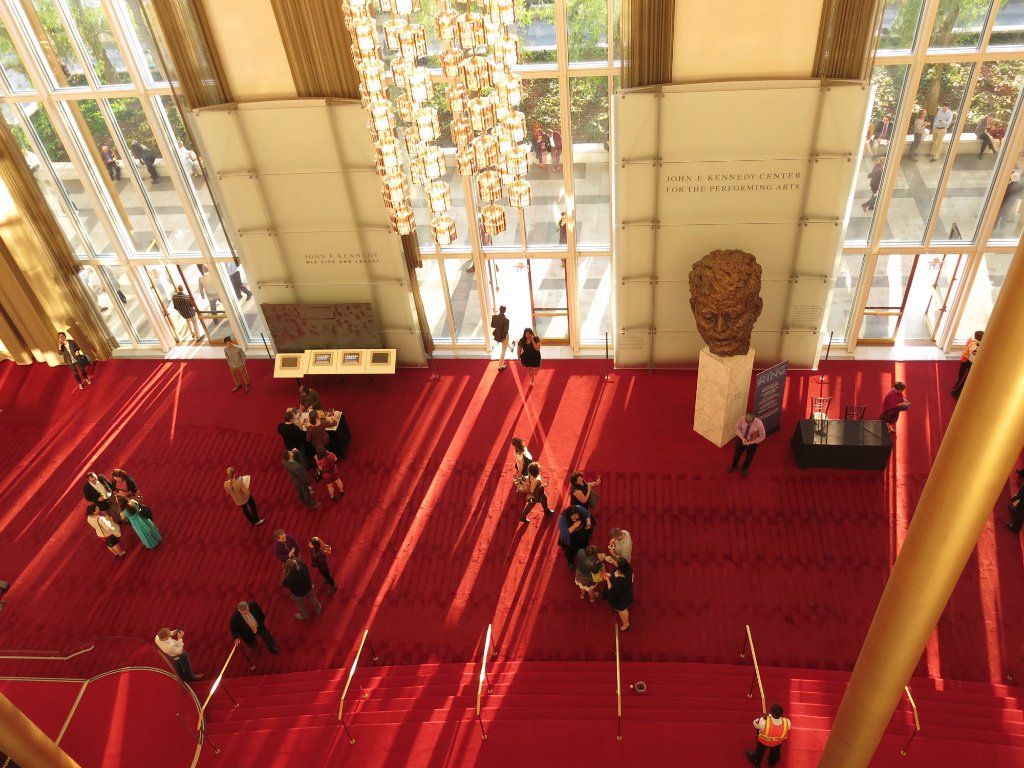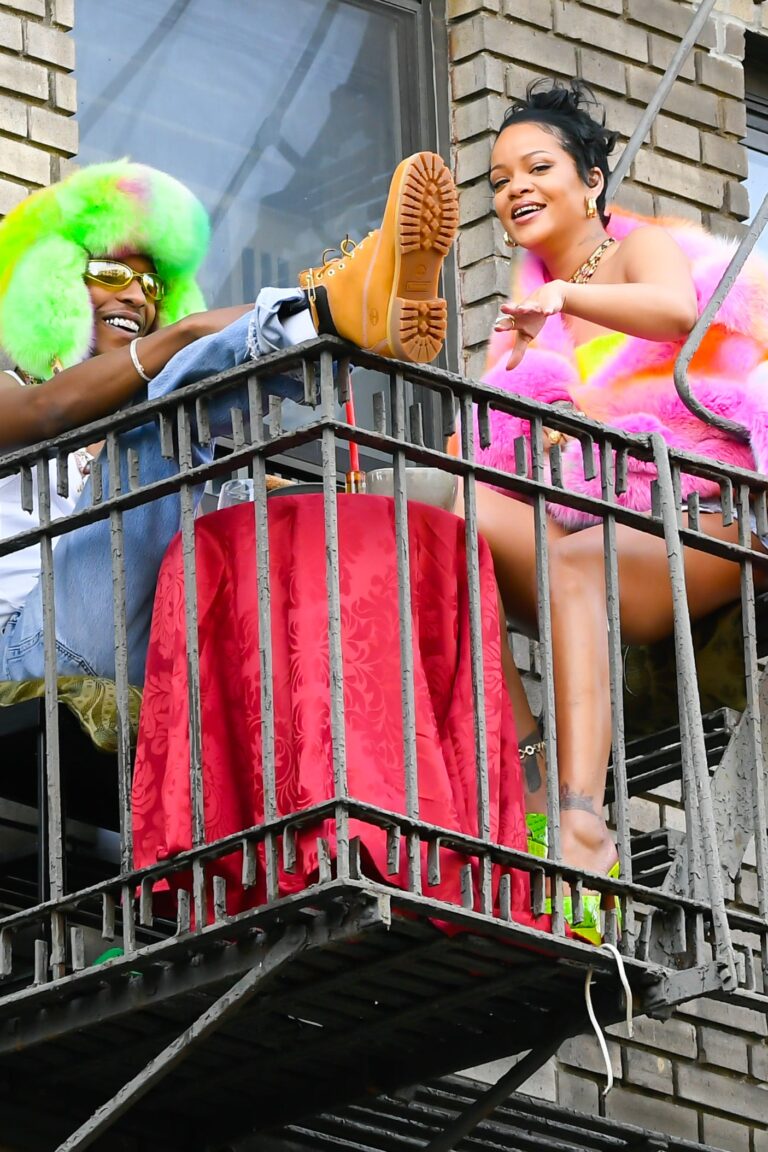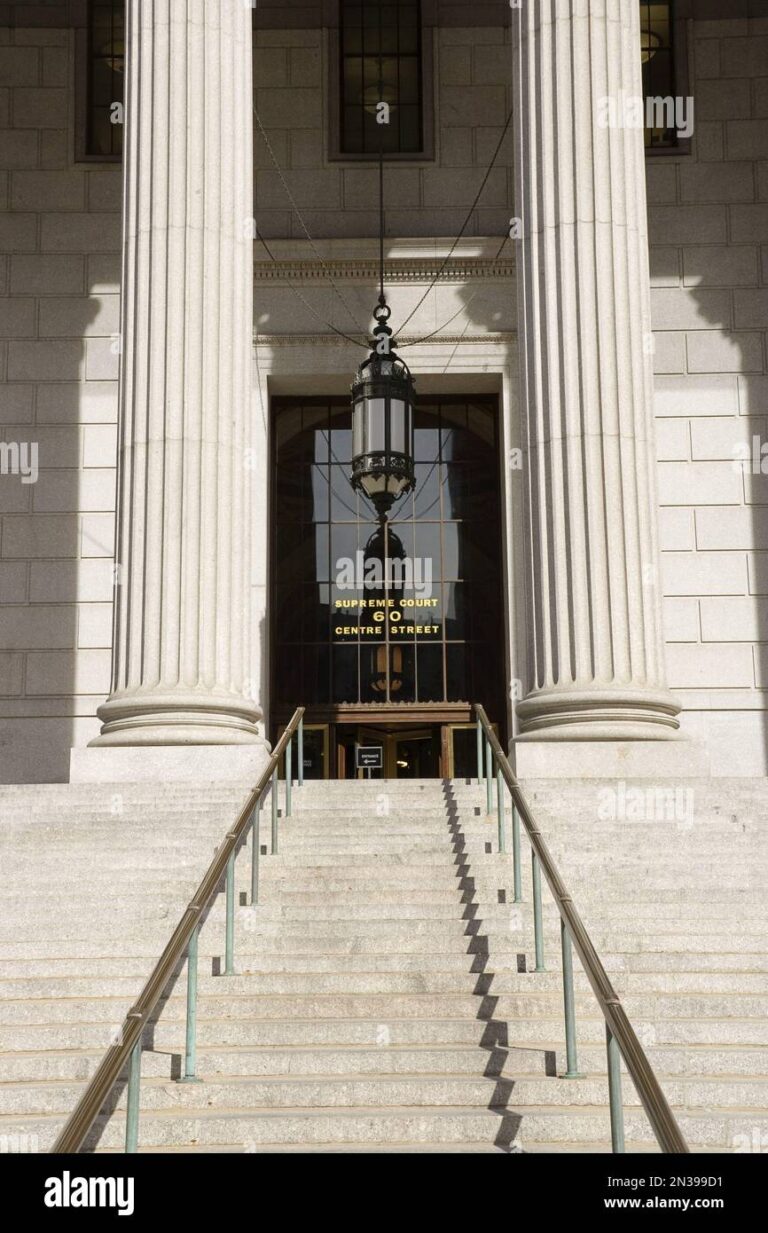
Audience
- Sentiment: NEGATIVE
- Political Group: LIBERAL
- Age Group: ADULTS
- Gender: BOTH
Overview
- The Kennedy Center has faced political changes that threaten its nonpartisan stance and artistic integrity.
- Many artists are canceling performances in protest against the new board members appointed by Trump.
- The article discusses the broader implications of political influence on creative expression and the future of the arts.
Art, Politics, and the Kennedy Center: The Battle Between Creativity and Control
The Kennedy Center for the Performing Arts is a name that resonates with many people, especially those who love music, dance, theater, and all forms of artistic expression. Located in Washington, D.C., the Kennedy Center has always been seen as a space for creativity, culture, and inspiration. But recently, it has become a hot topic in the news because of some political changes that have stirred up a lot of conversations. In this article, we’ll dive into what happened at the Kennedy Center, why it matters, and how big changes can impact the world of art.
To start, let’s talk about the Kennedy Center itself. It was established in 1971 and named after President John F. Kennedy, who was a big supporter of the arts. The Center has long been a symbol of artistic excellence and has showcased some of the greatest performances in music, dance, and theater. But beyond just being a venue for performances, the Kennedy Center has also been closely connected to the political world, given its location in the nation’s capital. This connection means that changes in leadership can have a big impact on how the Center operates and what kind of art gets seen and supported.
Now, let’s get to the meat of the matter: the recent controversies surrounding the Kennedy Center’s board of directors. Traditionally, this board has been made up of individuals from various backgrounds—active figures in the arts, culture, and even business—who are not tied to any one political party. This nonpartisan approach has been important because it allowed the Kennedy Center to remain a space for all types of performances and artistic expression without bias or favoritism. But everything changed when President Trump decided to overhaul the board.
In a move that shocked many, Trump dismissed 18 existing members of the Kennedy Center’s board and replaced them with individuals who aligned with his administration’s views. This decisive action was significant because it included appointing himself as the chairman of the board. Imagine being part of a team and suddenly having your coach replaced with someone from a totally different sport! It can cause confusion and uncertainty about the future direction of the team, or in this case, the Center.
As news of these changes spread, artists began to react. Many prominent figures in the music community, like Low Cut Connie and Ben Folds, took a stand. They announced that they would be canceling their performances at the Kennedy Center and resigning from their positions in protest. Their actions sparked a wave of conversations in the arts community. Why would they walk away from a place that holds such prestige? The answer, as it turns out, lies in the principles of artistic integrity and the fear of political influence squeezing out creative freedom.
Art has an incredible power: it can inspire people, make them feel emotions they never knew they had, and challenge societal norms. However, when art begins to be influenced by political agendas, it risks losing its authenticity. Many artists feared that the Kennedy Center, under new leadership that aligns closely with Trump’s administration, might start to prioritize performances that reflect specific values instead of supporting a diverse range of artistic expressions. This would be a major shift, not just for the Kennedy Center but for the entire arts community.
One of the most disappointing aspects of these changes is that they seem to indicate a removal of the Kennedy Center’s traditional nonpartisan stance. Many artists and fans viewed the Center as a place where all voices, regardless of their political leanings, could gather to share and experience art. The fear now is that programming might become skewed to reflect the interests of the current administration, leaving out artists whose values may clash with those priorities. This is a significant concern because it stifles the very essence of what art should be: a free expression of creativity without limitations.
A lot of people wonder: how can art thrive in an environment heavily influenced by politics? The histories of artists and their work speak volumes about how artistic expression often arises from struggles against political and social injustices. When artists feel they must bow to political pressures, the creative process is compromised. For instance, songs that inspire protest or theater that challenges the status quo could be sidelined or even censored if they do not align with the accepted values of the board.
As tensions rose, many within the artistic community expressed deep disappointment over the changes taking place at the Kennedy Center. Artists are not just performers; they are storytellers and activists who often use their craft to voice their thoughts on society, culture, and politics. The fear that their platforms may be stunted creates a sense of unease and frustration. Canceling a performance may seem like a small act, but it is a significant gesture of defiance against a shift that many believe threatens the heart of artistic integrity.
On the flip side, it is essential to recognize that politics and art have always been intertwined. Political figures have historically supported artists—whether through funding, platforms for sharing their work, or by attending performances. The tension lies in how this support is given and whether it comes with strings attached. Will performances reflect a narrow viewpoint, or will diverse voices still have the space to shine?
As we reflect on these changes at the Kennedy Center, it becomes increasingly clear that the situation calls for open discussions around artistic freedom and political influence. Artists like Low Cut Connie and Ben Folds serve as reminders that standing up for one’s beliefs is essential, even in the face of backlash or personal loss. Their actions encourage others to think critically about their own roles in the arts and the responsibility they carry to uphold artistic integrity, regardless of the political climate.
In conclusion, the controversies surrounding the Kennedy Center serve as a wake-up call about the importance of preserving artistic spaces where creativity can flourish free from political meddling. It highlights a critical juncture in our society where we must ask ourselves about the future of art. Should the voices of artists be dictated only by those in power, or should we ensure that art remains a realm of free expression and diversity? So, what do you think? How do you feel about the changes happening in our cultural institutions like the Kennedy Center? Join the conversation and share your thoughts in the comments below!






